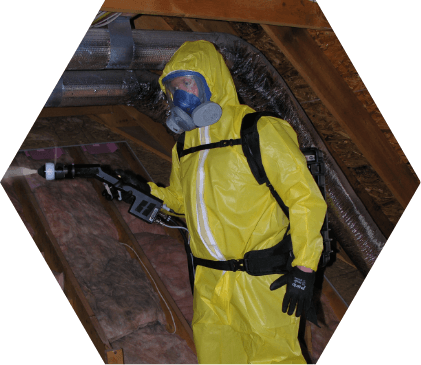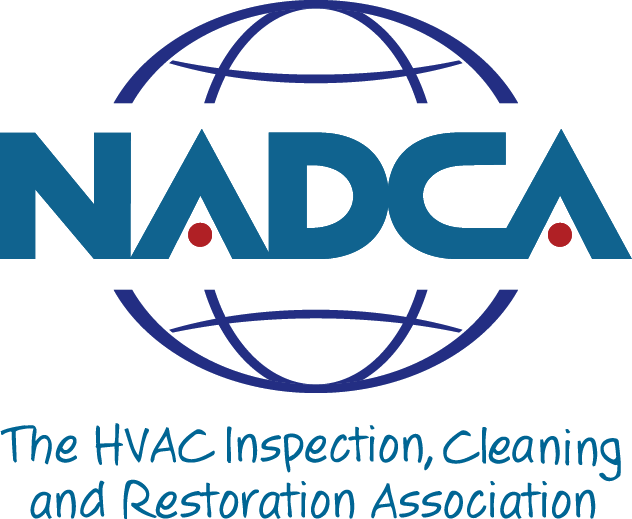Guaranteed Mold Remediation & Removal
It takes more than a deep cleaning to remove mold. Yes, scrubbing with an ordinary cleaning product can remove the visible mold, but the spores are still present and can regrow and spread quickly. In just 24 to 48 hours, spores can develop into mold. These spores can get into the HVAC system of a home or business and rapidly spread. Professional mold remediation can help stop mold from returning and spreading.
Get certified mold remediation services from Bactronix and remove that mold for good. As your local Pittsburgh mold removal experts, Bactronix will identify the source of your mold problem to help eliminate current and future mold growth.


Mold Isn’t Always Visible.
Mold spores are not visible to the naked eye.
Damp rooms such as basements, laundry rooms, and bathrooms might have black mold that are visible on the floors and walls. But when was the last time you examined the area behind your refrigerator, underneath your sink, or in your attic or ductwork?
One leaky pipe—no matter how small—can cause mold to grow quickly.
Sometimes, your nose will be the first to identify a mold problem. The distinct, musty smell is often described as smelling like wet socks. It can smell earthy and sometimes is quite repugnant.
Eliminate Mold
Improve Your Health
There are many ways mold spores can affect your health. You might feel like you have a cold that just won’t go away. Breathing issues can intensify. Some people feel itchy or start wheezing.
According to studies from the Institute of Medicine (IOM) people with weakened or underdeveloped immune systems are most at risk. However, even if you are healthy you might experience upper respiratory symptoms and even asthma because of mold exposure.
Here is the Guaranteed, Eco-Responsible
Bactronix mold remediation process
Needed to determine the extent of the mold problem and is essential to measure the effectiveness of the remediation. You’ll be provided with a written assessment after testing.
You’ll be given our recommendation on the best way to eliminate the mold in your specific environment.
Our Bactronizing® process is applied electrostatically to ensure 100% coverage for the elimination of mold, fungi, algae, and other harmful viruses and bacteria and to help prevent future re-growth.
To prove we’ve eliminated the problem.
After treatment you will receive a certificate proving the property or business has completed the antimicrobial guidelines to remove mold. Certification is transferrable for residential customers and helpful if you are involved in a real estate deal.
You’ll receive a one-year warranty against mold regrowth.
You can use our products for general cleaning and disinfecting to maintain a healthy living environment.





